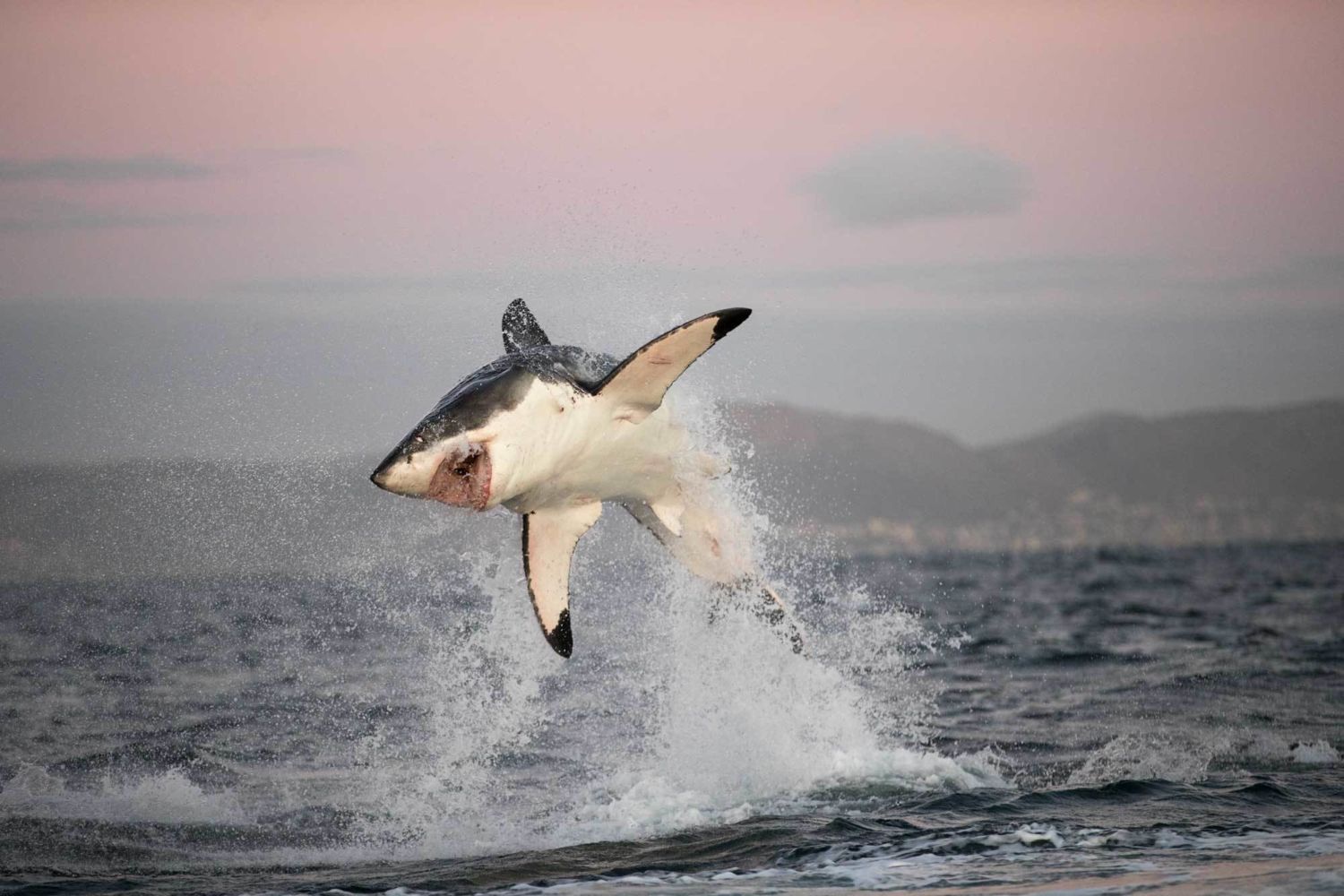modelcampusa.com – Shark Island, a small island off the coast of Lüderitz, Namibia, is a chilling reminder of a dark chapter in South Africa’s history. During the early 20th century, the island was used as a concentration camp, where thousands of Herero and Nama people, victims of the Herero and Namaqua genocide, were imprisoned and forced to endure harsh conditions and brutal treatment.
A Site of Genocide
The Herero and Namaqua genocide, which took place between 1904 and 1908, was a horrific event in which the German colonial government systematically targeted and killed the Herero and Nama peoples. Many survivors of the genocide were imprisoned on Shark Island, where they were subjected to forced labor, malnutrition, disease, and execution.
A Harsh and Inhuman Environment
Shark Island was a harsh and unforgiving place. The island’s arid climate and lack of fresh water made survival difficult. Prisoners were forced to work in harsh conditions, often without adequate food or shelter. Many died from disease, starvation, or exposure.
A Legacy of Suffering
The suffering endured by the Herero and Nama people on Shark Island is a dark stain on the history of South Africa. The genocide and the subsequent imprisonment of survivors on the island had a devastating impact on the Herero and Nama communities. The legacy of this tragic event continues to affect these communities today.
A Site of Remembrance
In recent years, efforts have been made to commemorate the victims of the Herero and Nama genocide and to acknowledge the suffering they endured. Shark Island has become a site of remembrance, where visitors can pay their respects to the victims and learn about the atrocities that took place there.
A Call for Justice and Reconciliation
The legacy of Shark Island serves as a reminder of the importance of human rights and the dangers of prejudice and discrimination. It is a call for justice and reconciliation, and a commitment to ensuring that such atrocities never happen again.
